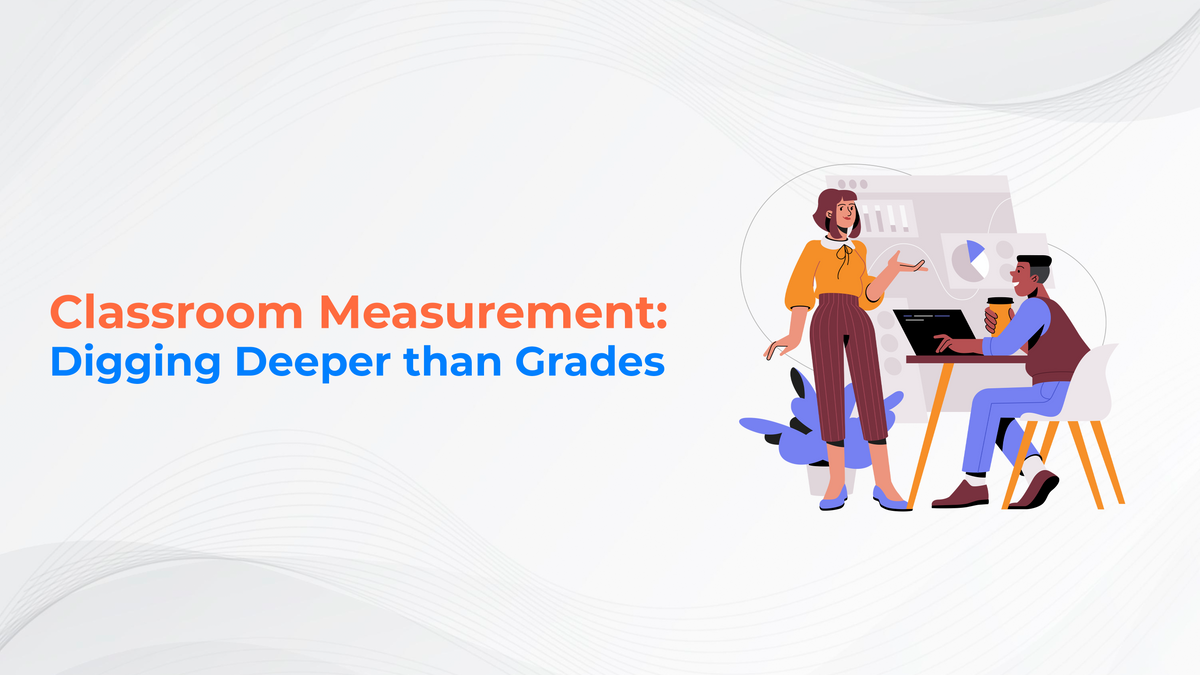As technology advances, so does the need for organizations to stay ahead of their competitors by utilizing tools and platforms that can help them engage their learners. Learning Management Systems (LMS) have become an invaluable tool in helping organizations deliver educational content and measure the progress of learners. Through analyzing learner’s pulse in LMS, organizations can gain useful insights into how their employees are engaging with the material and what changes can be made to improve learning outcomes.
In order to accurately analyze learners' pulse in LMS, organizations must leverage data-driven analytics tools that provide comprehensive feedback on learner activity. By measuring behaviors such as course completion rates, time spent on lessons, quiz scores and other performance indicators, organizations can identify areas where they need to focus more attention or adjust their training materials accordingly.
Identifying Learning Needs
Organizations need to continually monitor and assess their learning management systems (LMS) in order to ensure they are meeting the educational needs of their employees. Identifying the training requirements within an organization is essential for establishing effective e-learning solutions that will provide users with access to a variety of resources.
To accurately identify learning needs, organizations should utilize data collection techniques such as surveys, interviews, focus groups and assessments. This data can be used to develop an understanding of both current employee skills gaps and future training requirements. Additionally, regularly evaluating LMS usage statistics can help determine which courses are more popular than others among learners. Organizations may also consider incorporating feedback from end-users into the process in order to create a personalized experience for each individual learner.
Adapting to Learner Profiles
In today's educational environment, it is essential for learning management systems (LMSs) to provide an adaptive and personalized learning experience. A well-designed LMS should be able to recognize learner profiles and adjust accordingly. This means that the system should be able to identify individual student needs and abilities, as well as their preferences for how they learn best. By creating a detailed profile of each user, such as their age, level of education and language skills, the LMS can tailor its content delivery system accordingly.
For example, if a student requires additional support due to special needs or language barriers, the LMS can provide access to specialized resources or materials in order to ensure success. Similarly, if a student prefers more visual or interactive learning methods rather than text-based instruction material, the LMS can adjust accordingly with visuals or interactive elements.
Gathering Feedback
Gathering feedback in an LMS (learning management system) is a vital part of any successful learning strategy. It helps you to understand the effectiveness of your content, as well as what students need additional help with. Feedback can be gathered through various methods, such as surveys, quizzes and assessments. By responding to feedback from both instructors and learners, organizations are able to fine tune their training programs for improved results and outcomes.
To get the most out of your organization's LMS feedback system, it's important to consider factors such as timing, frequency and design. For example, surveys should be sent out on a regular schedule so that instructors can track student progress throughout the course or program duration. Additionally, surveys should be designed so that they're easy for users to fill out quickly and accurately - this will ensure you get meaningful data back from each respondent.
Assessing Performance
Assessing performance in Learning Management Systems (LMS) is an important part of the e-learning process. It allows educators to measure the progress of their students and evaluate the efficacy of their lesson plans. To do this effectively, educators need to have access to accurate data that provides a comprehensive overview of student performance across all aspects of a course.
A good LMS should provide tools for both standardized and custom assessment approaches. Standardized assessments are helpful for providing baseline data on student progress, such as grades or scores on quizzes or tests. Custom assessments allow educators to assess more complex skills, such as problem solving or written / verbal communication ability; these can be used to gain a better understanding of how students interact with course material and what areas they may need additional help with.
Strategies for Improvement
As the use of learning management systems continues to grow, so does the need for strategies to ensure its effectiveness. A Learning Management System (LMS) is a platform for providing online training and education, with the aim of improving knowledge retention and engagement among learners. Its purpose can range from supporting traditional classroom instruction to entirely replacing it.
In order to maximize the efficiency of an LMS, organizations should consider several important strategies. Firstly, they should ensure that their chosen system is compatible with other educational tools such as virtual classrooms or webinars. Secondly, they should include a variety of interactive elements in lessons and assessments; this will help keep learners engaged while also allowing them to develop key skills such as problem-solving, collaboration and communication.
Course Adjustment
The BrainCert platform has been used to provide learners with a global learning experience. It has enabled organizations and individuals to engage in meaningful, effective, and interactive learning experiences through its features such as gamification, assessment engines, and certification-based programs. After several years of testing and implementation, BrainCert is now ready to make a course adjustment for the benefit of all its users.
To Conclude
BrainCert has made an effort to improve its user experience by making specific changes in how courses are structured on the platform. The new format gives users the ability to easily find courses that are relevant to their interests or area of expertise, as well as provides more options to customize each course according to their needs. In addition, BrainCert also implemented a new feature called “Pathways” which allows learners to take multiple related courses at once while keeping track of progress across them all.










